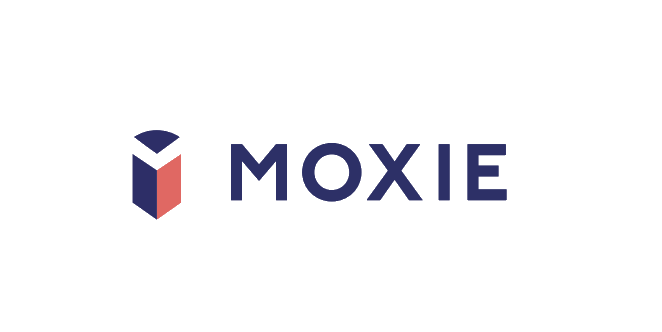Strategies to Facilitate Effective Academic Writing Sessions
In academic writing, initiating a writing session often poses a formidable challenge. This blog post aims to ameliorate this issue by elucidating five empirically supported strategies to facilitate a productive writing session. Each strategy is accompanied by a tutorial video for a more comprehensive understanding.
Brainwave Entrainment
Brainwave entrainment is a neuroscientific method that synchronizes brainwave frequencies with an external stimulus, such as sound. Research indicates this synchronization can enhance focus and cognitive performance (Thoma et al., 2013). For academic writers, brainwave entrainment can serve as a tool to foster concentration, thereby making writing sessions more effective. For a more in-depth explanation and demonstration, refer to this YouTube video.
The Pomodoro Method
The Pomodoro Technique, developed by Francesco Cirillo, employs timed intervals to structure work and rest periods, optimizing productivity. The method can help writers manage their time effectively, reduce procrastination, and maintain focus throughout the writing session. Watch this YouTube video for a detailed guide on implementing the Pomodoro Method.
The Planning Fallacy
The planning fallacy is a cognitive bias that leads individuals to underestimate the time required to complete a task. This bias often hampers the efficiency of writing sessions. Awareness of the planning fallacy and incorporating buffer time can mitigate its impact on your writing schedule. To understand the planning fallacy and how to counteract it, refer to this YouTube video.
Using a Purpose Statement as a "North Star"
A purpose statement serves as a "North Star," guiding the direction and focus of your academic writing. A clear purpose statement can help you maintain alignment between your research questions, methodology, and conclusions. See this YouTube video for a tutorial on crafting an effective purpose statement.
Implementing a Research Alignment Table
A Research Alignment Table organizes your research components, ensuring that your research questions, methods, and outcomes are aligned. Creating a Research Alignment Table involves listing your research questions, methods, and expected outcomes in a tabular format. For a step-by-step guide on creating a Research Alignment Table, refer to this YouTube video.
Takeaways
The strategies outlined herein offer a multifaceted approach to enhancing the effectiveness of academic writing sessions. I encourage you to integrate these techniques into your writing routine and experience the benefits firsthand.
Sources
Thoma, M. V., La Marca, R., Brönnimann, R., Finkel, L., Ehlert, U., & Nater, U. M. (2013). The effect of music on the human stress response. PLOS ONE, 8(8), e70156.
